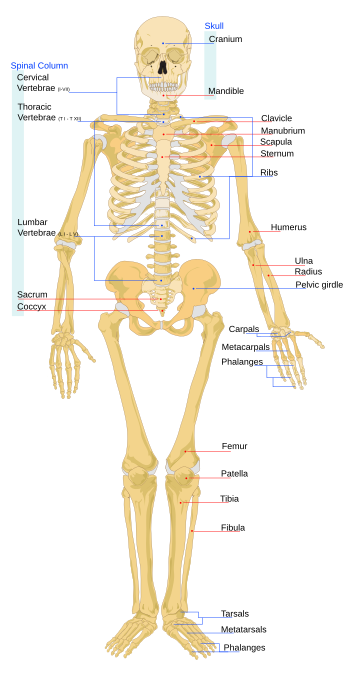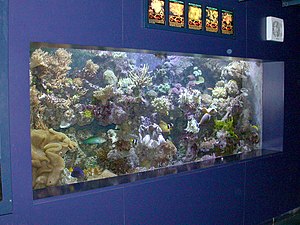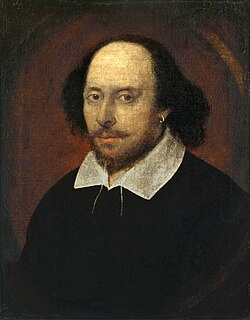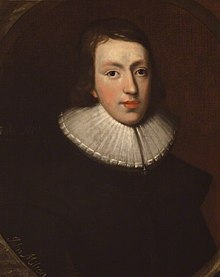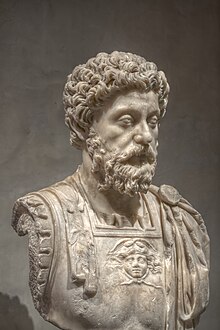The
human heart is an
organ that provides a continuous
blood circulation through the
cardiac cycle and is a vital organ in the
human body.
[1] The heart is divided into four main
chambers: the two upper chambers are called the left
atrium and the right atrium (plural atria) and the two lower chambers are called the right and the left
ventricle.
[2] There is a thick wall of muscle separating the right side and the left side of the heart called the
septum. Normally with each
heartbeat, the right ventricle pumps the same amount of blood into the
lungs that the left ventricle pumps out into the body. Physicians commonly refer to the right atrium and right ventricle together as the
right heart and to the left atrium and left ventricle as the
left heart.
[3]
It is not very well known how the electric signal moves in the atria. It seems that it moves in a radial way, but Bachmann's bundle and coronary sinus muscle play a role in conduction between the two atria, which have a nearly simultaneous
systole.
[4][5][6] While in the ventricles, the signal is carried by specialized tissue called the
Purkinje fibers which then transmit the electric charge to the
myocardium.
[7]
The human
embryonic heart begins beating at around 21 days after conception, or five weeks after the last normal
menstrual period(LMP). The first day of the LMP is normally used to date the start of the gestation (pregnancy).
The human heart begins beating at a rate near the mother’s, about 75–80 beats per minute (BPM). The embryonic
heart rate (EHR) then accelerates by approximately 100 BPM during the first month to peak at 165–185 BPM during the early seventh week after conception (early ninth week after the LMP). This acceleration is approximately 3.3 BPM per day, or about 10 BPM every three days, which is an increase of 100 BPM in the first month.
[8][9][10] The regression formula, which describes this acceleration before the embryo reaches 25 mm in crown-rump length, or 9.2 LMP weeks, is: the age in days = EHR(0.3)+6.
[11]
After 9.1 weeks after the LMP, it decelerates to about 152 BPM (±25 BPM) during the 15th week after LMP. After the 15th week, the deceleration slows to an average rate of about 145 (±25 BPM) BPM, at term. There is no difference in female and male heart rates before birth.


